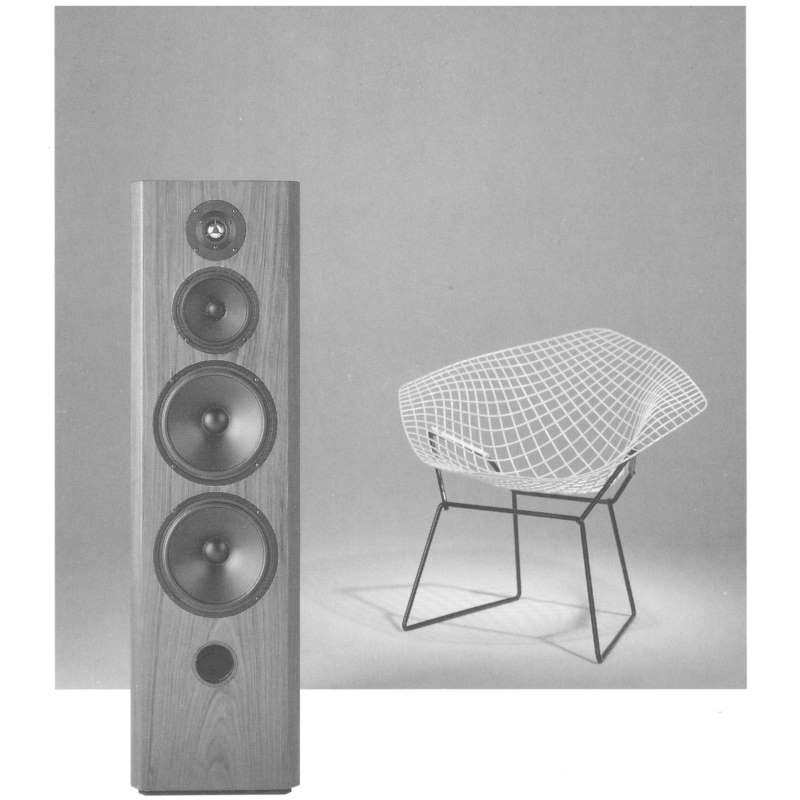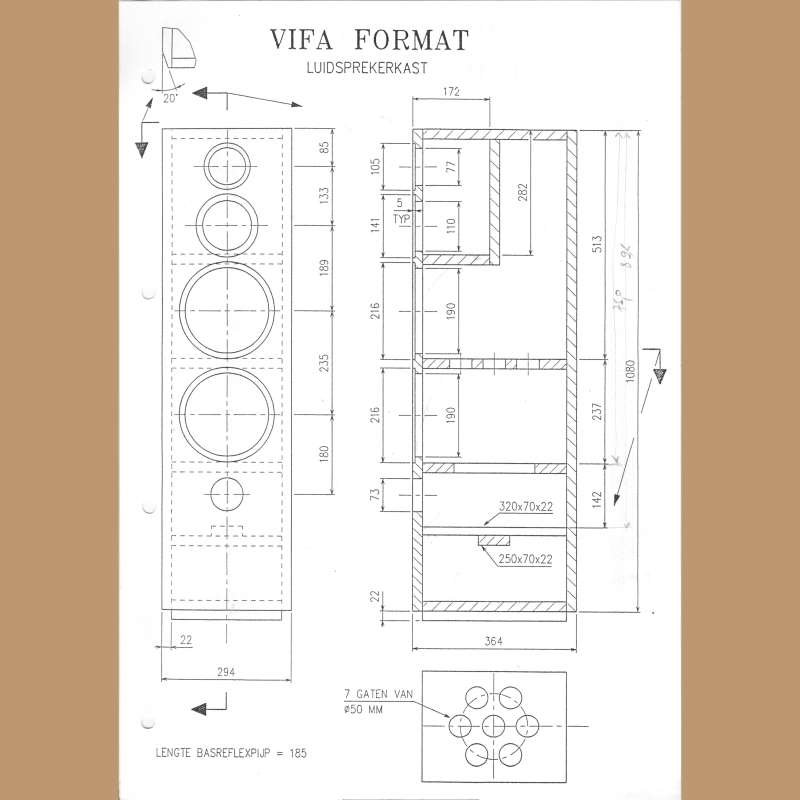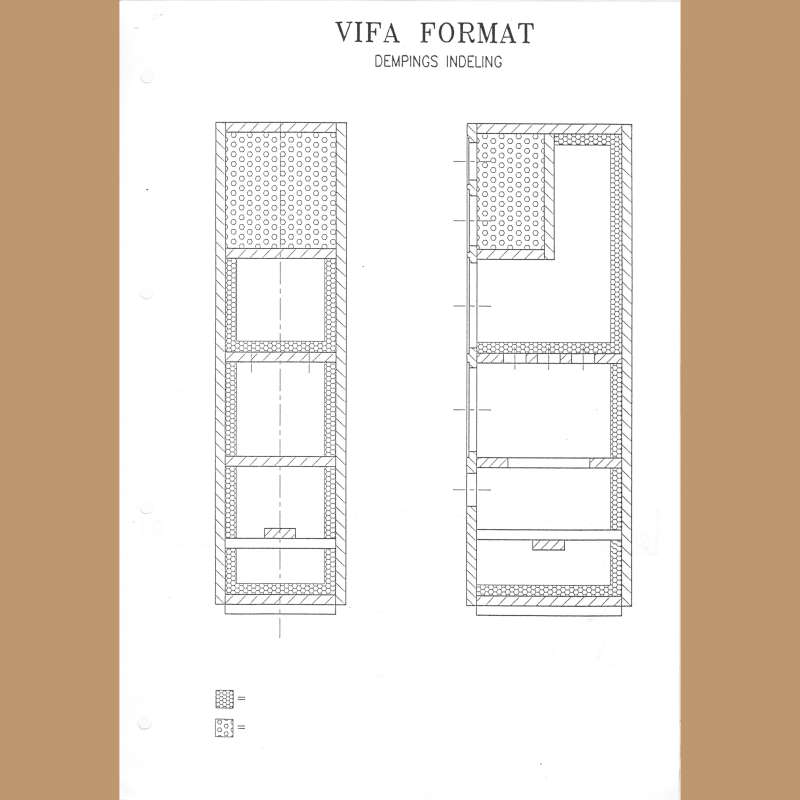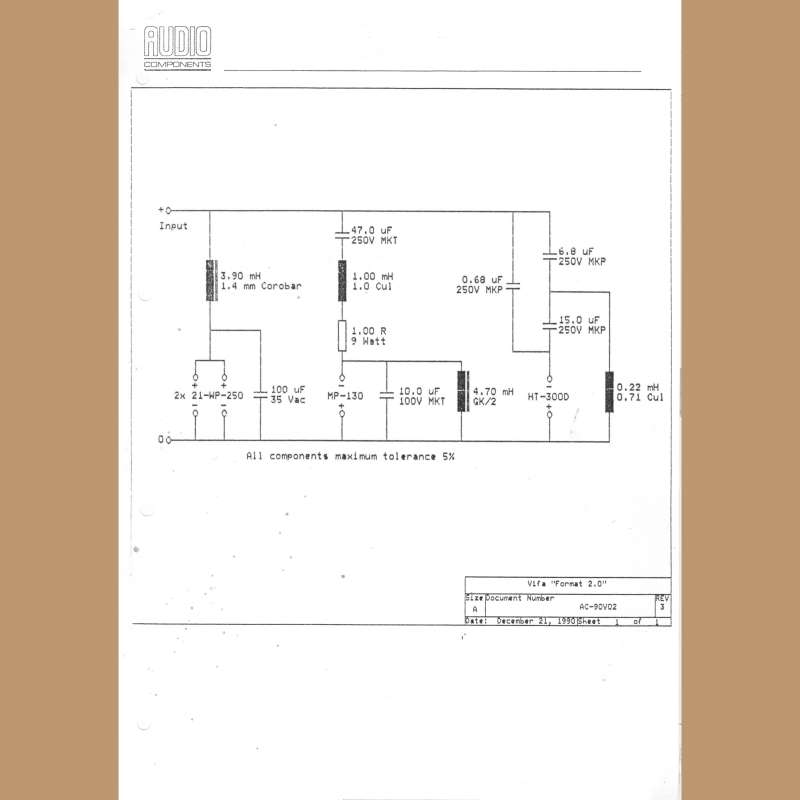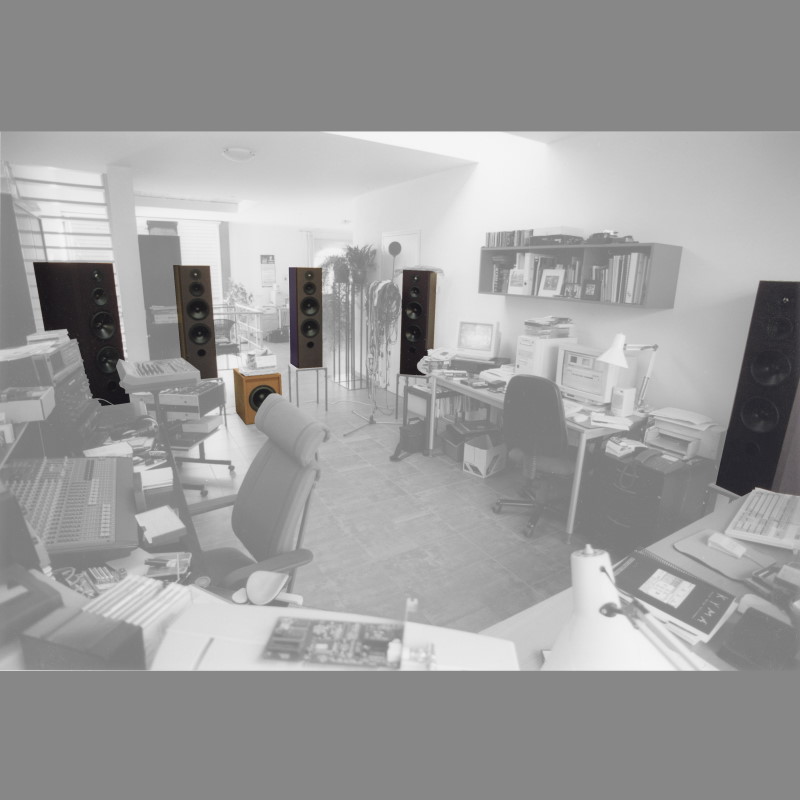Research
Step by step, trying out the right direction and taking a better path at the time it is possible. This has been more or less the spontaneous strategy on my path to a good concert sound which, looking back, I could describe as research.
Quadraphonic music
During my mid-teens, quadraphony came on the scene. For example, research was done on double-grooved gramophone records, the first tape recorders with 4 heads came on the market, and so on. However, all this research was reserved for laboratories and very expensive equipment was sold for the consumer who was interested in it. However, quadraphony never made it to the ordinary living room.
When I started building my own studio more than 15 years later, this 4-channel technology came back into view. In the meantime, affordable devices had been developed for musicians to make 4-voice recordings. Of course, this meant that quadraphonic compositions could also be made. To be able to edit with 4 tracks simultaneously, a second tape recorder was needed in the studio, also with 4 channels.
Surround 8 channels
With S.E.M., initially we gave concerts in quadraphony. Two speakers left and right at the front, and another two at the back. I found this a very interesting addition compared to a normal stereo reproduction. Around that time, I also became acquainted with Musiques & Recherches, an organisation founded by Annette Vande Gorne. She, herself inspired by François Bayle and his acousmonium, had built a concert installation with 8 or more playback channels. That listening experience made an impression on me and encouraged me to go in that direction as well.
For this, several steps had to be taken. There had to be loudspeakers, and preferably good and powerful ones. Also a mixing desk and amplifiers were needed which could control these multiple channels. Finally, during the realisation, I found that also the transport and storage of this equipment became a point of attention.
Instrument building
I have always found it fascinating to build my own sound objects. At first these were stringed instruments made of wood, such as a so-called hommel or a vielle, but these could just as well be computer programmes which produced sound. And yes, that is how I also worked on an 8-channel surround system. In 1996, or was it '97, after having heard a demonstration of various home-made loudspeakers in a spacious attic at Natural Sound in Sleidinge (East Flanders), the Format model of the Vifa brand really stood out because of its powerful and detailed sound. I bought a couple of them and glued the package together at home under the shed at our back door. I had learned the art of gluing during an earlier instrument making class. I finished those speakers in an aubergine colour.
The sound was so satisfying that shortly afterwards I made 4 more loudspeakers and some time later I added 2 more. After I also had pedestals welded, and amplifiers purchased, the first 4 FORMAT loudspeakers could go into concert for the first time at the concert for 25 years of S.E.M. Since then, the complete set of 8 has been used in many places and occasions to give surround concerts. More than 20 years later, these Formats are still delivering sublime sound.
Events with 8 channels
The pictures at this page give an idea of the speaker itself. If you want to see an overview of where and how this surround installation has been used, you can go to the page for a collection of photos showing the presence of the Formats.
Pictures showing the 8-channel dispositif
LINK: FORMAT in Concertlaatste update: 2021.08.29
